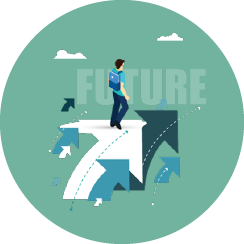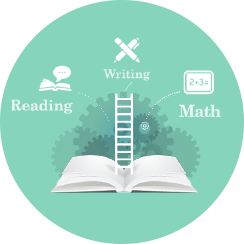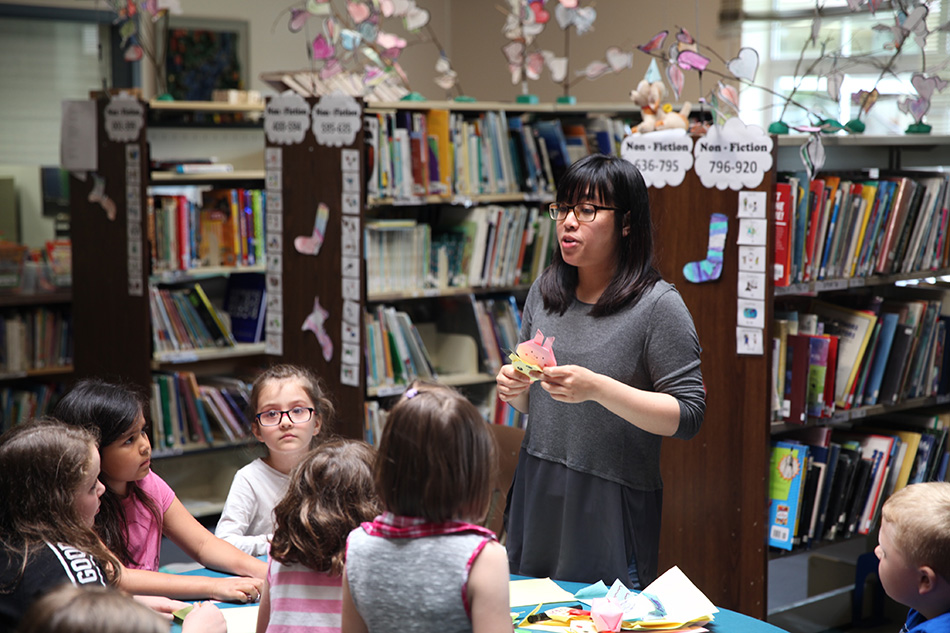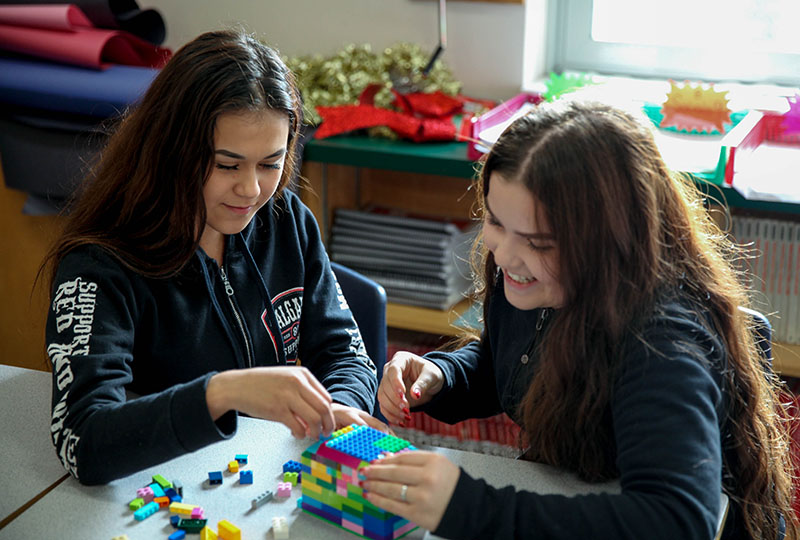BC Curriculum



The curriculum is designed to give students a core competency skill-set that will prepare them for the next big steps in their lives, such as post-secondary education and entering the workforce. This core competency skill-set is in the following areas:
- thinking
- communication
- personal and social responsibility
Teachers are given more time and flexibility to explore areas and current topics that are of most interest to students.
Core foundational skills are balanced with learning higher-level conceptual thinking skills.
Aboriginal perspectives and content are integrated into every subject in the redesigned curriculum.
Another key component is career education, which is designed to help students from kindergarten to Grade 12 learn how to effectively manage their life journey towards several possible preferred futures.
How has the curriculum been redesigned and how does this benefit student learning? We’ve highlighted some key features of the BC curriculum below:
- Core Competencies
- Curricular Competencies
- Career Education
- Numeracy
- Collaborative Learning
- Aboriginal Worldviews and Perspectives in the Classroom
- Placed-Based Learning
- Inquiry Learning
- Assessing and Celebrating Learning
 Classroom assessment and reporting
Classroom assessment and reporting
For the past few years, staff in School District No. 42 have been exploring a better way to communicate student learning at the K-7 level. Instead of producing a formal written report card, teachers meet with students and parents to conduct a reporting conference. Through the use of student portfolios, parents are able to see a sample of student work in several learning areas and are able to look at their child’s progress over time.
Learn more at Reporting Maple Ridge – Pitt Meadows Schools
Provincial assessment and reporting
Elementary students in Grade 4 and Grade 7 will participate in the Foundation Skills Assessment (FSA), an annual assessment of students’ reading, writing and numeracy skills.
Learn more at Foundation Skills Assessment (FSA) For Parents and Students
Classroom assessment and reporting
Classroom assessments are an integral part of the instructional process and can serve as meaningful sources of information about student learning. Feedback from ongoing assessment in the classroom can be immediate and personal for a learner and guide the learner to understand their misconceptions and use the information to set new learning goals.
Teachers will report on student progress five times per year with three eReport cards and two student-led conferences.
Provincial assessment and reporting
Graduation assessments are changing to align with the redesigned curriculum and international trends for large-scale assessments. As part of the updated graduation requirements, students in the B.C. Graduation Program will have to complete three provincial assessments. These assessments focus on the demonstration and application of numeracy and literacy.
Graduation Numeracy Assessment
The Graduation Numeracy Assessment (GNA) is a provincial assessment written in Grade 10. It is a graduation requirement. The GNA is based on mathematical concepts learned across multiple subjects from kindergarten to Grade 10, with an emphasis on K–9.
The GNA is not tied to a specific math course. Rather, it evaluates a student’s numeracy skills developed over the course of their education. Students will use five numeracy processes (different ways of thinking and working) to solve problems: interpret, apply, solve, analyze, and communicate.
Learn more at the provincial GNA webpage.
Graduation Literacy Assessments
The new Graduation Literacy Assessments (GLA) are a graduation requirement and are written in Grade 10 (GLA 10) and Grade 12 (GLA 12).
To support personalized learning, the Ministry of Education has given school districts the freedom to select appropriate learning resources for their students. In the Maple Ridge – Pitt Meadows School District, the selection of learning resources follows the guidelines and procedures outlined in the School District 42 Selection of Learning Resources document.
Want to see the new curriculum at work? Here are just a few examples of how the redesigned curriculum is being implemented in Maple Ridge – Pitt Meadows School District classrooms:
New curriculum at work in Gr. 8/9 math project at WSS
Eric Langton students participate in Traditional Aboriginal Games Day
Fine arts take centre stage at Golden Ears Elementary
SD42 Inquiry Program helps students hone their critical-thinking skills
Energy Challenge inspires students to think about sustainability
We know that students do better in school when they feel accepted and like they belong in their school community. When students feel safe, they’re more likely to come to school everyday, to perform their best academically and overall to have a sense of well-being.
SOGI-inclusive education means having conversations about diversity, and learning the importance of treating everyone with dignity and respect. Find out more about why this topic is important, check out what your child will be learning at school, and see how you can support this education at home: https://news.gov.bc.ca/factsheets/sexual-orientation-and-gender-identity-sogi-in-schools




 Classroom assessment and reporting
Classroom assessment and reporting